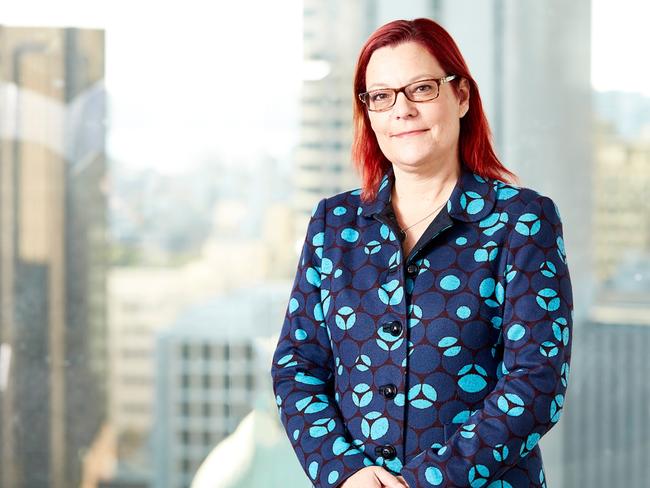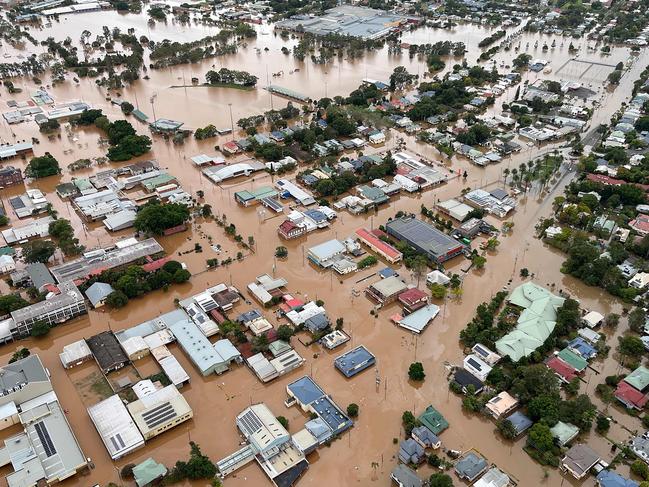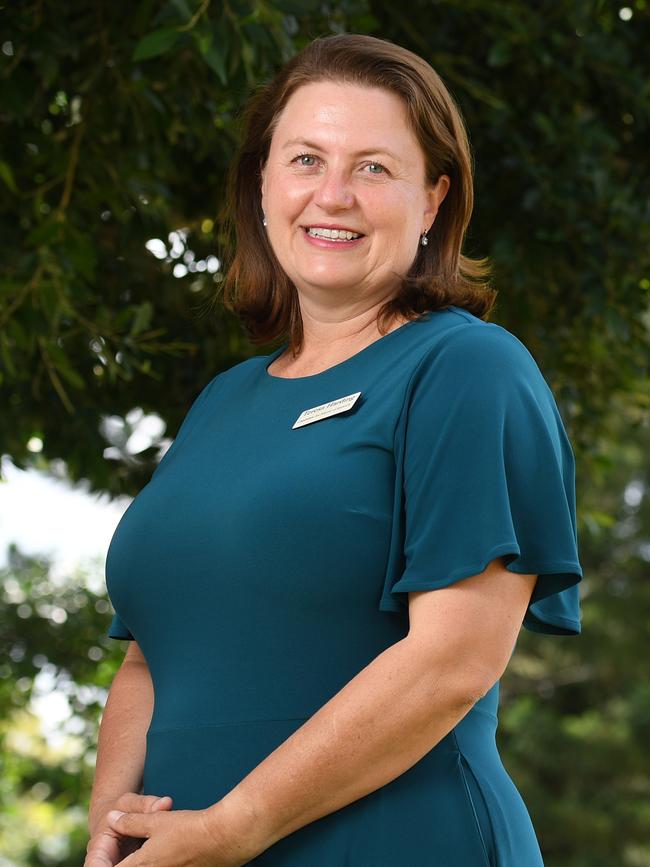Mapped: When Aussie homes will become ‘uninsurable’
More than half a million Australian homes are predicted to be effectively “uninsurable” by the end of the decade. Use our tool and find out the level of risk in your region.
Environment
Don't miss out on the headlines from Environment. Followed categories will be added to My News.
Australia’s home insurance affordability crisis is growing, with one in 25 properties projected to be “uninsurable” by the end of the decade.
According to the Australian Competition and Consumer Commission (ACCC), one in nine homes (11 per cent) are now covered by no insurance at all, and the proportion is even higher in some regions: 17 per cent in North Queensland, 26 per cent in the Top End and 40 per cent in the north of WA.
The ACCC found the cost of premiums has jumped 52 per cent in a decade, and a massive 178 per cent in the north. People in northern Australia are now paying an average of $1900 a year for their home insurance, while the rest of the country is paying less than half that – $900.
The price increases for policies have been attributed to the increasing incidence of extreme weather events, illustrated most vividly by the back-to-back floods that hit Lismore in February and March.
The Climate Council estimates more than half a million Australian properties will face annual premiums exceeding 1 per cent of their market value by the year 2030. For a family home worth $500,000, this would mean premiums costing $5000 every year.
Industry critics say such costs make properties “uninsurable,” but the industry disputes the tag.
“At present there is no area of Australia that is uninsurable, although there are some locations where there are clearly affordability and availability concerns,” an Insurance Council of Australia spokesperson said.
“Insurance prices risk, and that means that for those in flood-prone or cyclone-prone locations cover can be costly.”
The Climate Council modelling was conducted by Climate Valuation, a consultancy that provides advice to businesses on the risks posed by extreme weather. The modelling does not take into account the possibility of new mitigation efforts such as higher levees which could reduce the risk of damage to homes.
Climate Council economist Nicky Hutley said the purpose of the insurance report was to emphasise the idea that climate change had economic effects for individuals, “rather than just some broader existential crisis”.

“Up until quite recently we see these [extreme weather] events as being maybe 1 in 20 or 30 or 100 year events – a one-off disaster and then we move on – whereas the point of this modelling is that these are no longer one off things. These events are going to occur more and more frequently and the costs to the community are extremely high,” Ms Hutley said.
The Insurance Council said climate change was “worsening extreme weather events, which has implications for affordability and availability of insurance”.
In February, the Insurance Council called on the federal government to boost funding for resilience measures such as flood levees, hazard reduction burning and the cyclone-proofing of homes.

Ipswich mayor Teresa Harding said home insurance had become increasingly unaffordable for residents.
“People have shown me their [home insurance] bills. In Goodna I had a resident show me their bill of $11,400,” Ms Harding said. “I’ve also heard anecdotally of insurance bills going up to $24,000. I don’t know many families that could afford something like that.”
Lismore City Councillor Elly Bird said the cost of home insurance was “astronomical” and “completely out of reach” for some residents, with anecdotal reports some were being quoted $30,000 per year for a policy.
“A number of people have no insurance at all, and the second part of it is there are people who do have insurance often have to have fights with their insurance companies about whether it’s storm damage or flood damage, and quite often that becomes a protracted legal battle,” she said.


Laura Binks, the mayor of Strathbogie Shire, which straddles the seats of Nicholls and Indi, said the region was vulnerable to both flooding and bushfire.
“We have some significant river systems that run through our area, and we’ve seen what’s happened up in northern NSW and southern Queensland,” she said. “We are at risk of some really significant increases [in the cost of premiums] and uninsurable properties.”

James Rolevink, who lost his Lobethal home in the Black Summer bushfires, said more and more Adelaide Hills residents were finding insurance unaffordable.
“This is a major consideration for Australia going forward, with people living in areas that are increasingly bushfire-prone,” he said.
Mr Rolevink only found out he was under-insured after the bushfires.
“Carpets and curtains are considered contents, not property – we had no idea,” he said.
Despite being slugged $5000 per year for a home insurance policy at his new farm near Forreston, Mr Rolevink said going without “was just not worth the risk”.
More Coverage

Originally published as Mapped: When Aussie homes will become ‘uninsurable’





